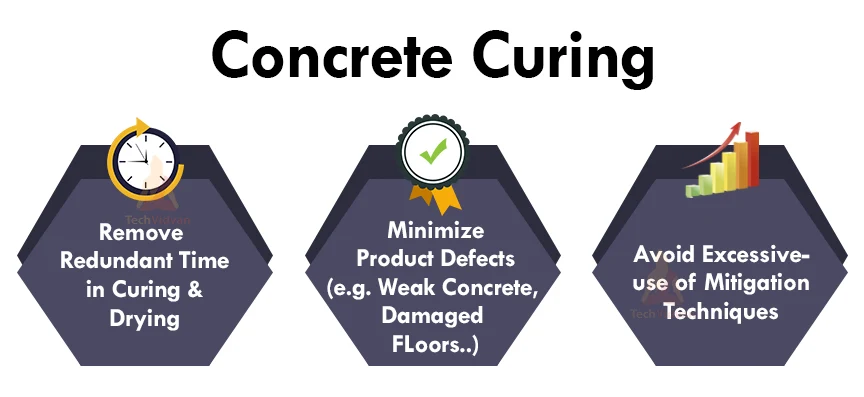IoT Building and Housing Applications
Automated building connects building operations through the internet of things. This is done to improve the functionality and facilitate the owners, users and management. Introducing IoT in building and housing has led to cost efficiency of automating infrastructure such as security, smoke, lighting, ventilation and air conditions. let us see some of the applications of IoT in building and Housing.
Benefits of IoT in the construction industry
- To monitor climate control, changes in humidity, pressure and temperature, etc.
- Early Detection of fire and other serious incidents.
- Predictive maintenance from remote locations in order to reduce dependency on manual labour.
- Automation in the monitoring of air, water and soil pollution.
Risks and challenges IoT solves in the construction industry
There is no doubt that IoT has a blooming future in the construction industry. IoT offers solutions to problems such as on-time project delivery by helping keep track of deadlines. This allows managers and owners to focus better on clients and building the business while IoT handles the pressuring task of finishing the projects before deadlines.
Safety concerns of manual labourers is a big threat to the construction industry. IoT provides a mechanism to prevent serious accidents. IoT offers the skills and labour at times in areas with shortage. Thus IoT reduces the dependency on humans and reduces effectively the time and cost of any project.
Applications of IoT in the Housing & Building
Given below are few of the various applications of the Internet of Things in housing and building:
1. Environment and conditioning
Iot is a leading technology that is playing a large role in protecting the environment. IoT environment sensors track and store the data of the quality of air, water and soil. They also monitor the situation of wildlife animals and the condition of their natural habitats.
Iot is helping track CO2 levels in the air and is helping reduce air pollution. Similarly, IoT is largely undertaking missions to reduce water and soil pollution
2. Health and safety
Large buildings with complicated structures can be a threat to the safety of the tenants. This could be due to the usage of cheaper construction materials, poor designing, and defects during harsh weathers.
Civil solutions lack the ability to detect small issues that could lead to major incidents if not treated effectively. Iot offers solutions to detect such minor issues and tackle them before they lead to bigger incidents.
3. Productivity and quality of life
There is no doubt that the internet of things improves and enhances the quality of life. IoT offers simpler and comfortable solutions to daily day problems. Smart homes is one such example. It improves the functionality of regular homes.
IoT also increases the productivity of machines. Automobiles such as cars do much more than drive the user to the destination.
4. Video cameras for surveillance and analytics
Video cameras run on Iot technology detect threats to the system more quickly then regular video surveillance. These cameras not only capture the footage but they contain smoke and fire detectors that alert the officials in case of an incident. This prevents the occurrence of a major incident in seconds.
5. Sound detection
Iot sound sensors contain microphones that can record sound levels. It is capable of recording sounds within the frequency spectrum audible to the human ear.
This data collection is helpful for areas with high levels of noise pollution.
Sensors store the sound level information within a specific time range in the area where they are installed.
6. Humidity sensors
Humidity sensors are IoT sensors that sense the changes in moisture and air levels in the areas where they are located. These have many uses such as Smart agriculture , Smart buildings and hotel management chains and remote asset management.
These sensors provide environmental details in lesser time, offer safe solutions and are highly reliable. They are robust and easy to deploy.
7. Productivity
Deadlines and targets are a huge setback in the construction industry. The companies face big losses for not completing projects on time. IoT reduces pressure on labourers and allows them to focus better on the owners and customers wants. IoT sensors inform the owners whenever the construction supply is over so the work does not halt.
8. Maintenance
Power and fuel requires thorough maintenance or it may lead to huge losses. IoT offers a real time monitoring system to perform automatic routine checks. In addition, field sensors prevent the occurrence of serious incidents by providing real-time data.
Sensors monitor the quality of stocks in conditions such as humidity and rainfall. This allows the owners to focus on their clients and build their business without paying attention to the maintenance of supplies.
9. Safety and security
Sensors on products in godowns immediately notify the authorities in case of damage or theft. They can track the products and take necessary action. IoT creates a real-time site mapping with the chances of danger so one can predict how dangerous a site is for their labourers.
10. Concrete curing
One of the rising trends of IoT in the construction industry is concrete curing. IoT developers embeds sensors in the concrete while casting and the sensors track the curing. Construction managers get accurate, real-time information of the concrete mix design. This helps in laying a stronger groundwork for bridges and buildings.
Summary
In this article we saw the various applications of the IoT in building and housing. There is no doubt that IoT has a great future in this sector and to a large extent may curb the levels of pollution.

